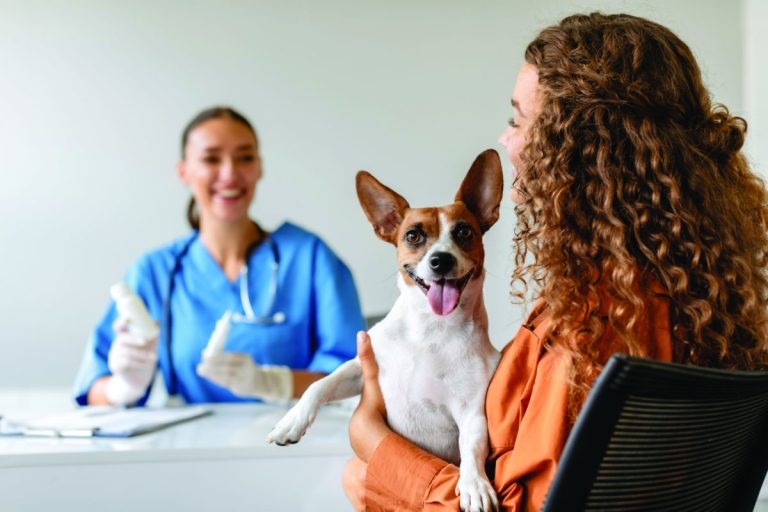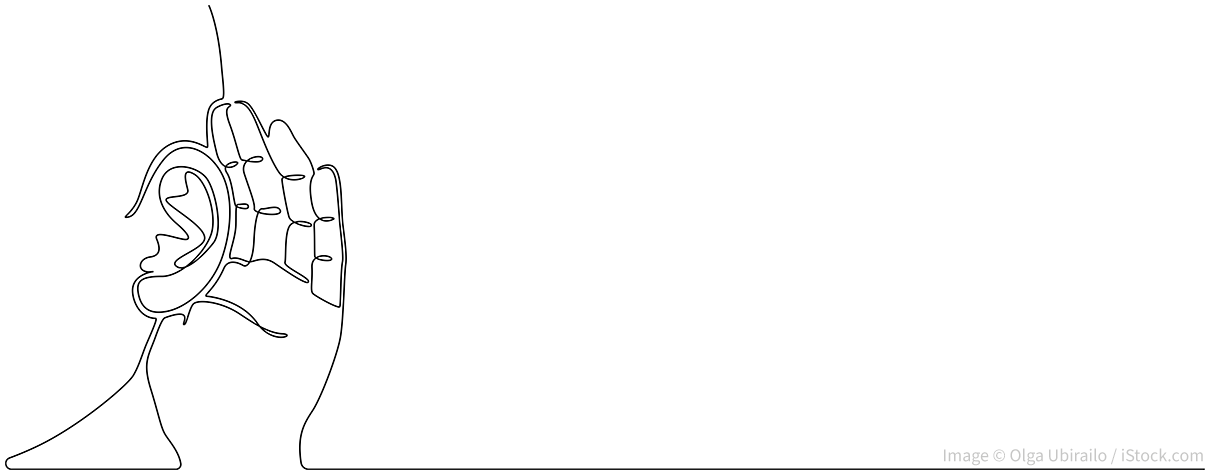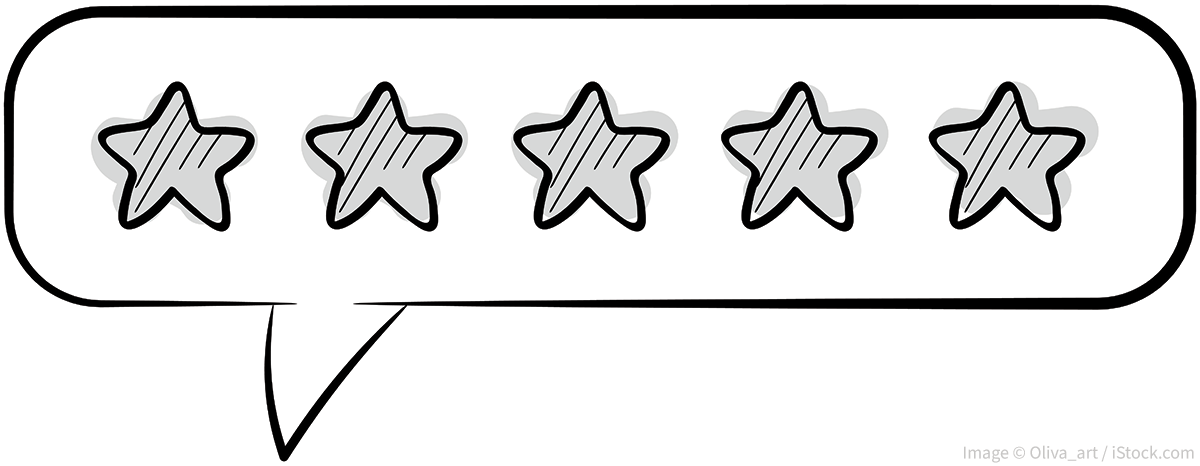1 May 2024
Veterinary practice is a service industry and while situations always occur where animal welfare trumps all, any business needs to entice and retain clients to stay afloat. This means excellent customer service must always be a key priority, so it’s vital to get it right…

Image © Prostock-Studio / Adobe Stock
One of the interesting things about customer service is that we all know what it looks like when it goes wrong.
Many of us may even have a few anecdotes of terrible service that we had at a restaurant, or Fawlty Towers-esque hotel adventures. “That time the waiter poured a glass of wine down my front and then refused to apologise” is a very obvious case of poor customer service.
It is also often easy to recall overall great experiences, such as “we went to this restaurant and the service was amazing”. What is challenging, however, is articulating exactly what makes the service brilliant. Truly amazing service is often as much about a feeling that you have at the end of an encounter as much as it is about any one specific thing.
In fact, it is often the combination of a lot of small things that can have a really big difference when it comes to customer service. The emotional aspect of service means tiny details can add up and also dropping the ball on some small details can sour the whole experience.
They say first impressions count and it is no different in a veterinary clinic. While the primary function of a clinic may be to deliver a great clinical service to the animals under our care, the human relationship aspect is also paramount and this starts the moment a client walks through the door (or even telephones the clinic).
Recognition makes people feel valued and increases that feeling of a service being relationship based, rather than entirely transactional. Ensuring your clients feel welcomed in a warm and personal way can make a massive difference to their overall experience.
The best way to do this is with friendly staff who are well trained and, most importantly, have the time to greet people and their pets. Even if they don’t know every individual client, notes on the practice management system (PMS) can make things easier for everyone involved such as “Fido doesn’t like being stroked on the head”.
Now anyone who sees that client come in with their pet can say “I know Fido doesn’t like his head being touched, but can I still come over and say hello?”
Great hotels and restaurants take this a step further, researching their guests in advance online so they recognise people’s faces and potentially already know something about them before they arrive.
A major cause of frustration for clients is having to repeat themselves to different individuals. Ensuring everyone on the team has access to the same information and ensuring context is given when tasks are passed between individuals is vital to delivering a great customer experience.
“Technology” can be a gift and a curse here; on the one hand, it means we have lots of tools to help with communication (both internally and externally), but at the same time it can lead to data silos. This is where information gets “stuck” on one system, and someone dealing with the client cannot easily access all the information required in one place.
Currently, a massive gap exists between capabilities offered by third-party suppliers, and the ability to bring everything together to actually deliver the customer service improvement these services claim to offer.
A clinical benefit here is worth mentioning, too. Having readily accessible, high-quality information about a patient can only improve clinical outcomes. Ensuring you choose your systems carefully – especially those that integrate and coordinate well with the PMS – is one of the best ways to mitigate this, as well as selecting as few platforms as possible to minimise these data silos.
While we can and should embrace technology in our clinics, including all the wonders of automation and even AI, a key part of service delivery needs to remain real human. I am sure I am not alone to have been stuck in an ever-increasingly argumentative loop with a chat bot online, desperate to speak to an actual human.
The human element not only requires us to have team members who are trained and feel confident in interacting with clients, but also requires giving them time to do so.
Generally speaking, if time allows, people tend to gravitate towards people. Ensuring you have efficient operational processes so the team has the time to forge relationships and interact in a human way is essential to delivering that great quality service.
I suspect we’ve all been on the receiving end of front-of-house staff (such as receptionists) where it seemed their sole purpose in life was to block you from speaking to the person you want/need to speak to. While some surface benefits exist to restricting access to limited and expensive resources (such as vet time), from a customer service perspective adding barriers adds frustration for your customers.
Implementing processes that allow easy access to clinical advice can lead to a huge service impact for your clients. A balance should be struck here, but overprotection of your clinical expertise can lead to a negative experience for your clients, as well as a lower feeling of value – especially if they have already been a paying customer.

We tend to assume that clients understand the world in the same way we do. While it is easy to think clients just want to telephone and book an appointment (that seems so obvious as an action to us), in reality the customer perspective is more about having an immediate need, such as “my pet is unwell” or “I’ve just got a new kitten – what do I do?”
Not jumping to conclusions as to what the end result is, such as “they need an appointment”, and taking time to listen to the customer’s concerns to try to address any urgent needs immediately, will lead to better customer service outcomes – even if the end result is still the appointment.
The details can matter here, and taking time to listen (ensuring enough capacity is in the clinic workflows) will lead to greater client satisfaction and better patient outcomes.
It is important to get the basics right, but a truly differentiated customer experience involves team members going above and beyond.
The wonderful book Unreasonable Hospitality (by New York restaurateur Will Guidara) talks in great detail about how we can take inspiration from fine dining hospitality and apply it elsewhere. This may involve spontaneous acts of kindness or generosity, such as offering to drive a pet home because an owner can’t make it, or even giving a service for free to a client because of a specific circumstance/relationship to you.
If you are able to go above and beyond, you create lasting bonds and the aura of amazing customer service. Interestingly, it does not have to be all the time – doing this just occasionally will have a disproportionate impact on your perception as a service business. Once again, it requires empowerment and time for teams to be able to deliver, as well as a strong desire to please customers.
I would highly recommend interested readers look up Rory Sutherland and his unique takes on behavioural psychology when it comes to products. If you ask people what stresses them out about waiting for a taxi, they will tell you that it is the wait itself.
However, Rory discusses the real innovation of Uber was the ability to see where your taxi is on the map. It is not that we are inherently against waiting, it is the uncertainty of what the wait is that causes stress. The same is true anywhere with information asymmetry and a wait. In our case, if the team is running late, communicating this to clients can make a massive difference.
The same is true when we take patients away from their owners, such as for a procedure or hospital stay. What seems potentially mundane to us can be hugely stressful for clients, and a lot of this can be relieved by communicating frequently.
Asynchronous messaging – sending a WhatsApp or an SMS – can make a huge difference to a client’s perception of value and uncertainty, while not actually taking a huge amount of time for the clinical team. A quick photo of the pet happy and settled in the kennel says a thousand words.

We tend to think of continuous improvement in a clinical sense – defining measurable outcomes and then making changes and monitoring their effects to improve the system. It is important to think the same way about customer service.
A simple measure may be your Google reviews, although this is quite crude and a trailing indicator. Some leading indicators may be the number of missed calls you have through your telephone system, or the time until the phone is answered. By making a change, such as having a dedicated team member only answering phones at certain times, you can then measure the outcome and assess the improvement.
While a lot of specific concepts are discussed here, one massive factor in how it is received is delivering consistently.
This is where technology can help: having good systems allowing you to record required actions and follow up where needed, as well as to have automation between steps. To deliver amazing customer service, we have to blend technological tools and processes to collect and measure the data that is then delivered in a human way to delight our customers.
Fundamentally, the time and space to deliver this in a veterinary business is also required. Giving teams the training and tools is only half of the battle. Creating the environment where they can deliver an amazing experience is also challenging – especially in this post-COVID era.
Word of mouth and reviews are still huge drivers of new customer acquisition in our industry, so happy customers are worth the investment for clinics – as is ensuring your existing customers are unlikely to look elsewhere.